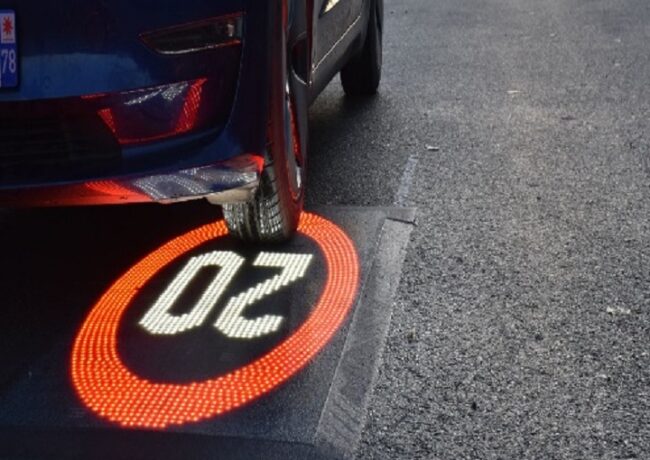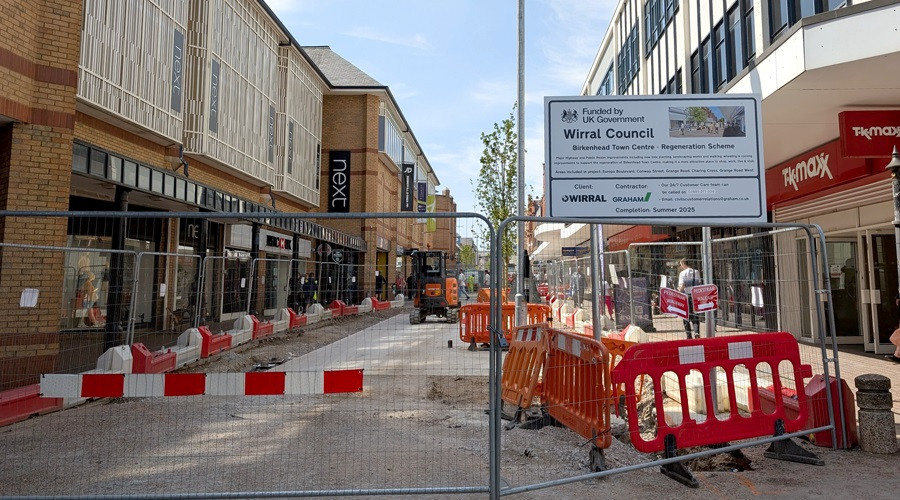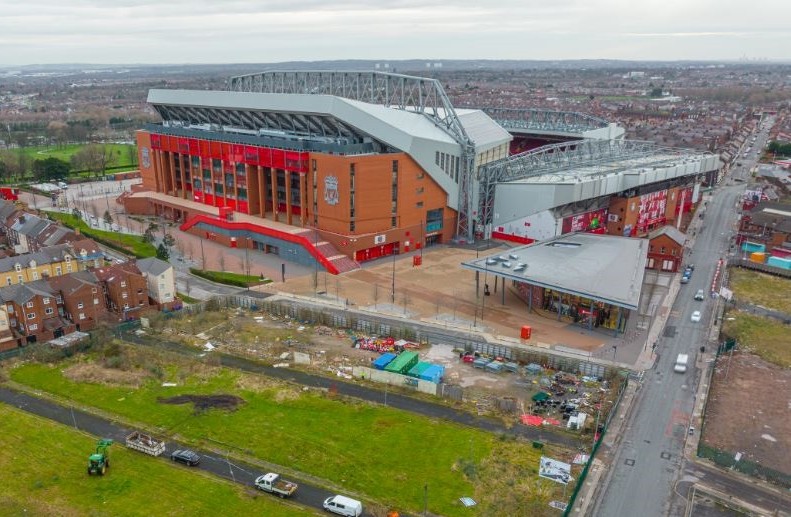Liverpool road experiments could reduce carbon emissions by 71%
The Department for Transport’s £30m ADEPT Live Labs 2 programme has been exploring the impact changes in material for road surfaces, markings, and plant can have in the real world.
Liverpool’s streets have been the subject of the test runs, with experiments being conducted on Princess Drive, Everton Park, Pinehurst Avenue, Upper Pitt Street, Alderwood Avenue, Booker Avenue, and Alderfield Drive.
The DfT’s ADEPT programme estimated that the projects could save around 327.4 tonnes of carbon dioxide emissions. This is the equivalent of taking 130 cars off the road for an entire year, according to ADEPT. Following the experiments, if all of the lowest-carbon options are put into place, ADEPT said that it could lead to a 71% reduction in carbon dioxide emissions when it comes to the city’s roadworks.
Cllr Dan Barrington, Liverpool City Council’s cabinet member for transport and connectivity, celebrated the city’s role in being at the forefront of transport decarbonisation.
“This innovative programme is laying the foundations – literally – of our shared future of decarbonised road,” Barrington said.
“These trials, if they prove successful in Liverpool, can be rolled out across the UK, helping the nation to reach our net zero target.
“I am proud and delighted that our city is playing a leading role in this programme and am looking forward to even more innovative trials coming forward that will save energy and emissions.”
- BOOK NOW: Sustainability in Practice 2025
The most successful of the experiments, according to ADEPT, has been the use of Milepave as an alternative road surface for Princess Drive. Milepave is made using lower mixing temperatures and fewer resources – leading to energy savings – according to its website. This includes utilising less bitumen, the oil-derived material that acts as a binding agent for asphalt.
Using Milepave rather than traditional asphalt is predicted to save approximately 152.6 tonnes of carbon dioxide emissions, according to ADEPT. That’s a reduction of 40%.
Everton Park’s experiment centred on its cycle lanes, with ADEPT using LuminoKrom for its cycle lane markings. LuminoKrom is a photoluminescent paint that is charged by light and glows in the dark for 10 hours without any external power support. This could reduce carbon emissions by 97% when compared to providing lighting from traditional sources like lamps, ADEPT stated.
Over at Pinehurst Avenue, the experiment has been using cold-applied road markings. This has delivered a saving of 3.8 tonnes of carbon dioxide emissions.
At Alderwood Avenue, another lower-carbon road surface material reduced emissions by 37% compared to traditional methods.
Finally, at Alderfield Drive, the use of portable power supply Instagrid and other low-carbon plant and equipment saved 72.4 tonnes of carbon dioxide emissions.
While the materials themselves are lower carbon, benefit also arises from the fact that they should, in theory, require less replacement over time as they are meant to be long-lasting.
Another round of experiments is due to begin soon, with the focus being on minimising carbon footprint through best practice in design, construction, and maintenance of roads.





Here we go another waste of money and fines
By Anonymous
Must be for the good, maybe we can squeeze more money out of the Government to repair the potholes and road surfaces.
By Anonymous
Well as long as the council are delighted, that’s the main thing. It’s not like there are actual things needing to be done, that would benefit citizens.
By John
Squirrel!
How about focusing on the things that residents really want? Liverpool Council: no bandwagon un-embraced.
By More Anonymous than the others
Another push for funding that will magically disappear
By Anonymous
I agree with the other comments – re potholes etc however I think the 20mph on Booker is very effective and very visible. I wish the parents would stop parking on both sides though and then expect the crossing patrol to cross them over – that takes the biscuit – not only can you not get 2 way traffic through they have the audacity to make you wait while they cross – they have already dropped their kids off!
By Lizzy Baggot
Photoluminescent paint isn’t a substitute for lighting. The cycle lane highlighted in this article is through Everton Park. Without actual lighting it wont be safely usually during the winter months.
By Gary Kilroy
Whinge, moan, whine, complain, repeat.
By Mark
I find these 20mph zones funny. I have to drop to 2nd in my vehicle, as 3rd is too low rpm. Dropping it in turn increases my rpm, which means more carbon emissions. Just a thought.
By Chris
1.) 20mph is more rmp, more exhaust gases and more engine wear.
2.) co2 increasing is a symptom of oceans warming from below
3.) co2 doesnt increase temperature, its the other way around
4.) Higher co2 means more life, plants use it to produce oxygen
By rich